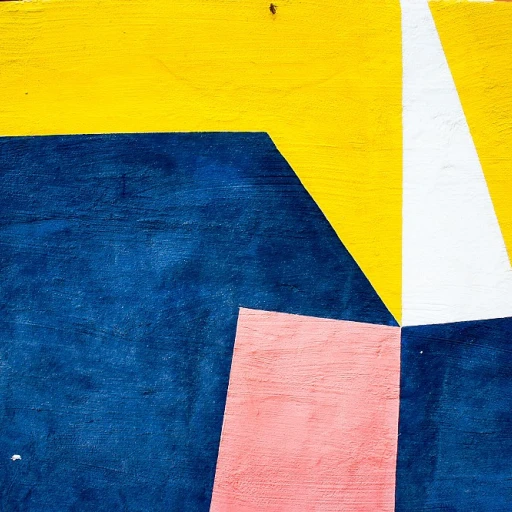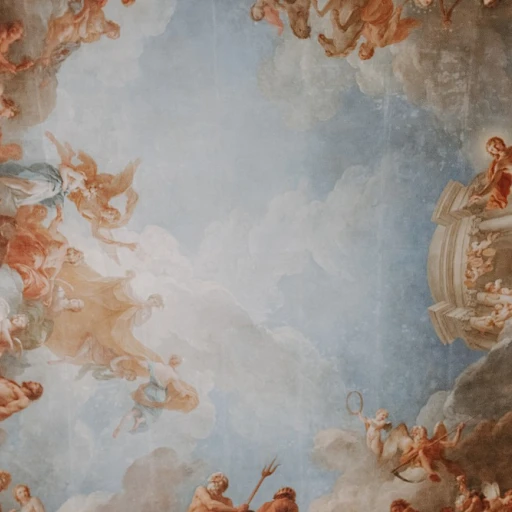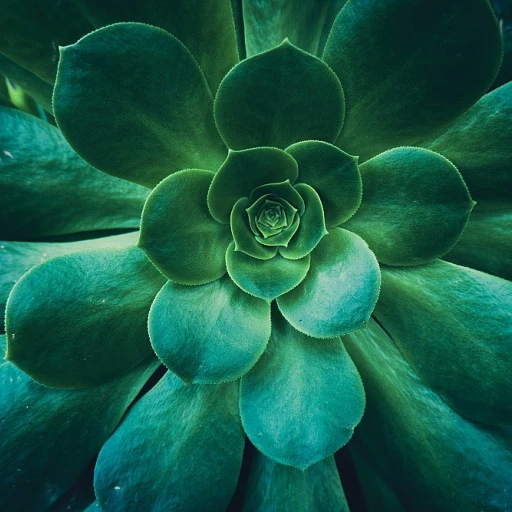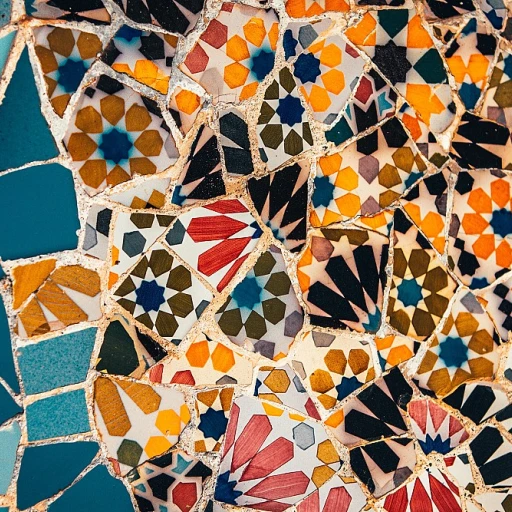The Historical Significance of Roman Soldier Sculptures
Roman Soldier Statues: Echoes of the Past
As you walk the bustling streets of Rome, it's hard not to be mesmerized by the stories held within the stone. The enduring fascination with Roman soldier sculptures stems from their ability to narrate tales of courage and valor from centuries gone by. But what is it about these statues that continue to captivate us?There’s more than just stone and bronze at play. These art pieces, meticulously sculpted, symbolize the military prowess of Rome's greatest era. From life-size statues to busts of the legendary Julius Caesar, each piece stands as a testament to the indomitable spirit of the Roman soldiers. These statues are not just decorations; they are storytellers of history itself.
While initially, soldier statues served as memorials, placed in public spaces to celebrate victories or honor fallen heroes, they quickly became markers of status. A wealthy Roman desiring a personal slice of Roman might would commission these grand sculptures, testifying to their prosperous life and respect for the military. It wasn’t just about possession; it was about capturing a snapshot of Rome’s glory.
Today, these statues command a different kind of reverence. Modern collectors appreciate them not only for their aesthetic value but as significant cultural relics with enduring allure the timeless allure surrounding them. They remain an emblem of luxury art, bridging the modern with heroic tales of bravery, intrigue, and splendor.
Craftsmanship and Techniques
Mastering the Art of Sculpting
When it comes to Roman soldier sculptures, the craftsmanship is nothing short of legendary. These statues, often made from marble and bronze, showcase the skill and dedication of ancient artisans. Imagine the patience required to hand carve a life-size Roman warrior, capturing the fierce determination in every chiseled muscle and stern gaze. The attention to detail is breathtaking, and the techniques used have been passed down through generations, influencing countless artists.
The Techniques Behind the Beauty
Creating a Roman soldier statue was no small feat. Artisans used a variety of methods, from the lost-wax casting technique for bronze pieces to the meticulous chiseling of marble. These methods required precision and a deep understanding of the materials. For instance, marble Roman sculptures demanded a careful approach to reveal the subtle textures and expressions that make these statues so lifelike.
From Concept to Reality
The process began with a small clay model, which served as a blueprint for the final product. This allowed artists to perfect their designs before moving on to more expensive materials. The original price of these statues was often steep, reflecting the time and effort invested in their creation. Even today, the allure of sensual sculptures continues to captivate art lovers and collectors, adding a timeless elegance to any space.
Stars of Their Time
Roman soldier statues were more than just art; they were symbols of power and prestige. In ancient Rome, owning a sculpture of a famous general or emperor, like Julius Caesar, was a statement of wealth and influence. These pieces were often commissioned by the elite, showcasing their status and appreciation for fine art. The soldier statues stood as proud representations of Rome's military might, immortalizing the valor of its soldiers.
From Antiquity to Modern Times
Today, these sculptures continue to inspire awe. Collectors and enthusiasts appreciate their historical significance and the artistry behind each piece. Whether displayed in a museum or a private collection, these statues remain a testament to the enduring legacy of Roman craftsmanship. The timeless beauty of these works of art transcends centuries, connecting us to a past where art and power were intertwined.
Luxury in Antiquity: Roman Sculptures as Status Symbols
Roman Sculptures: Status and Prestige
Imagine the grandeur of ancient Rome, with its marble statues and bronze soldier figures dotting the landscape. Roman sculptures, especially those representing soldiers, were more than just decorative art. They were powerful symbols of wealth and status, serving as both visual statements and markers of elite societal position. In early centuries, owning Roman soldier sculptures was akin to possessing a piece of history itself. Just as a life-size bust of Julius Caesar would command admiration today, showcasing Roman warriors in full regalia was a sought-after privilege among the wealthiest Romans. Soldier statues, in particular, not only celebrated military prowess but were also badges of prestige, as valuable as their weight in gold or marble. The sculpture prices varied greatly depending on materials—be it opulent marble or lavish bronze. Each statue bore its own unique "statue SKU," reflecting its individuality and craftsmanship. While some could afford grandiose displays, others opted for small, yet exquisite, pieces to add character to their homes or gardens. Owning a Roman soldier statue was somewhat synonymous with collecting star artworks. It was about making a statement, just like the ancient Roman aristocrats flaunting their might and influence. These statues were often seen as luxury art pieces, adding cart to their already extensive collection. These days, modern collectors and history enthusiasts continue their fascination with these iconic relics. Appreciating both their historical value and enduring appeal, they seek authenticity and provenance. Whether displayed in regal homes or consumed by art aficionados, these timeless soldier statues echo the ancient city’s splendor. We invite you to read more about similar masterpieces in our blog on craftsmanship in marble sculptures. Interestingly, the price tags attached to these coveted pieces today are no small feat. From stock options in artist studios to life-size replicas, they embody not just Rome's grandeur but its artists' impeccable skill. Galleries and collectors alike stock these luxurious items with pride, reflecting centuries-old traditions and the sophisticated allure of Roman soldier statues.Modern Appreciation and Collection
Modern Collectors and Their Passion for Roman Soldier Sculptures
In today's art circles, the allure of Roman soldier sculptures remains undiminished. These pieces, whether crafted in marble or bronze, continue to captivate collectors worldwide. The fascination often stems from their historical roots and the craftsmanship that echoes the artistry of early centuries. But it's not just about owning a piece of history; it's about the connection to a bygone era of valor and discipline.
Collectors often seek out these sculptures for their unique ability to convey strength and power. A life-size Roman warrior statue, for instance, can be a striking centerpiece in a modern home, adding a touch of antiquity and grandeur. Smaller busts or soldier statues can be displayed on mantels or in libraries, serving as a constant reminder of Rome's enduring legacy.
The Investment Appeal
Beyond their aesthetic value, Roman soldier sculptures are also seen as a sound investment. As with any art form, the price of these sculptures can vary significantly, influenced by factors like the material used, the artist's reputation, and the sculpture's condition. An original price might seem steep, but the potential for appreciation makes them a coveted addition to any art collection.
Some collectors are drawn to the exclusivity of owning a piece of history, while others appreciate the craftsmanship involved in creating these masterpieces. Hand-carved details in a marble Roman bust or the cold cast finish of a bronze soldier statue highlight the skill and dedication of artisans who strive to keep this ancient art form alive.
Personal Stories from Collectors
Many collectors have personal stories about their journey in acquiring these sculptures. One might recall stumbling upon a Julius Caesar bust at an auction, while another might share the thrill of adding a rare statue to their collection after years of searching. These stories add a layer of personal connection, making the sculptures not just products, but cherished pieces of art.
For those considering entering the realm of Roman soldier sculptures, it's essential to do thorough research and engage with reputable dealers. Customer service is key, ensuring that every piece is authentic and well-preserved. Whether you're looking to add a small bust or a life-size statue to your collection, the journey is as rewarding as the destination.
As you explore the world of Roman soldier sculptures, remember that each piece tells a story. From the battlefields of ancient Rome to the modern art collector's home, these sculptures continue to inspire and impress, bridging the past with the present in a timeless dance of art and history.
Preservation and Restoration
Guardians of the Past: Caring for Roman Soldier Sculptures
Preserving the timeless beauty of Roman soldier sculptures is an art form in itself. These masterpieces, whether crafted in marble or bronze, demand a delicate touch and expert knowledge to maintain their grandeur. The early centuries left us with a treasure trove of soldier statues, each telling stories of valor and history. But how do we ensure these stories continue to be told?
First, understanding the material is key. Marble, with its classic white sheen, is vulnerable to environmental factors. It can develop a yellowish tint or even cracks if not cared for properly. Bronze, on the other hand, can suffer from corrosion, especially when exposed to moisture. Regular cleaning and controlled environments are essential to prevent deterioration.
Restoration is where the magic happens. Skilled artisans, often with years of experience, painstakingly restore soldier statues to their former glory. Using techniques passed down through generations, they repair damages, ensuring the original price and value of the sculpture remain intact. It's not just about fixing; it's about breathing life back into these works of art.
For collectors, investing in a Roman warrior sculpture is not just about the price tag. It's about owning a piece of history, a tangible connection to the past. Imagine having a life-size bust of Julius Caesar in your living room, a conversation starter that adds a touch of ancient Rome to your modern space. But with great ownership comes great responsibility. Regular maintenance and expert consultations are vital to keep these pieces in prime condition.
In the world of luxury art, customer service plays a pivotal role. From advising on the best preservation techniques to offering restoration services, experts are always ready to assist. Whether it's a small soldier statue or a grand marble Roman sculpture, ensuring its longevity is a shared passion.
As the stars of the art world, Roman soldier sculptures continue to captivate collectors and enthusiasts alike. Their preservation is not just a task; it's a commitment to keeping history alive for generations to come.
Incorporating Roman Sculptures in Contemporary Spaces
Bringing Ancient Elegance to Modern Spaces
Roman soldier sculptures have a timeless allure that can seamlessly add a touch of antiquity to contemporary settings. These statues, whether marble or bronze, are not just relics of the past but powerful symbols of strength and artistry. Imagine a life-size marble Roman soldier standing guard in your foyer, greeting guests with a silent yet commanding presence. The cold cast bust of Julius Caesar could be the conversation starter in your study, reflecting both your taste and intellect.
Incorporating these pieces into your home or office is more than just decoration; it’s about creating an atmosphere that speaks to history and sophistication. The early century craftsmanship of soldier statues can transform a bland corner into a focal point, drawing eyes and admiration. Whether you choose a small statue to sit atop a bookshelf or a grand sculpture to dominate a room, each piece carries the weight of centuries of history and artistry.
Choosing the Right Piece for Your Space
When selecting a Roman soldier sculpture, consider the size and material that best fits your space and style. A marble Roman soldier might suit a more classical interior, while a bronze statue could complement a modern aesthetic. Think about the story you want to tell. Is it the valor of Roman soldiers or the strategic brilliance of a Roman warrior like Julius Caesar? Each statue, whether a bust or a full sculpture, has its own tale to tell.
Price can vary greatly, from affordable replicas to high-end originals. It’s crucial to consider your budget alongside the statue SKU and original price when making a purchase. Many luxury artwork retailers offer customer service to help guide you through the process, ensuring you find the perfect piece to add to your cart and your collection.
Maintaining the Majesty
Once you’ve chosen your piece, maintaining its grandeur is key. Regular cleaning and dusting are essential, especially for marble sculptures, which can be sensitive to certain cleaning products. For bronze statues, a gentle polish can keep them looking as stunning as the day they were created. Consider consulting a professional for any restoration needs to preserve the integrity of your piece.
By adding a Roman soldier sculpture to your space, you're not just buying art; you're investing in a piece of history that enhances your environment with its timeless elegance and storied past. Whether it's a small bust or a life-size statue, each piece serves as a bridge between the ancient and the modern, a testament to the enduring allure of Roman artistry.



-teaser.webp)









